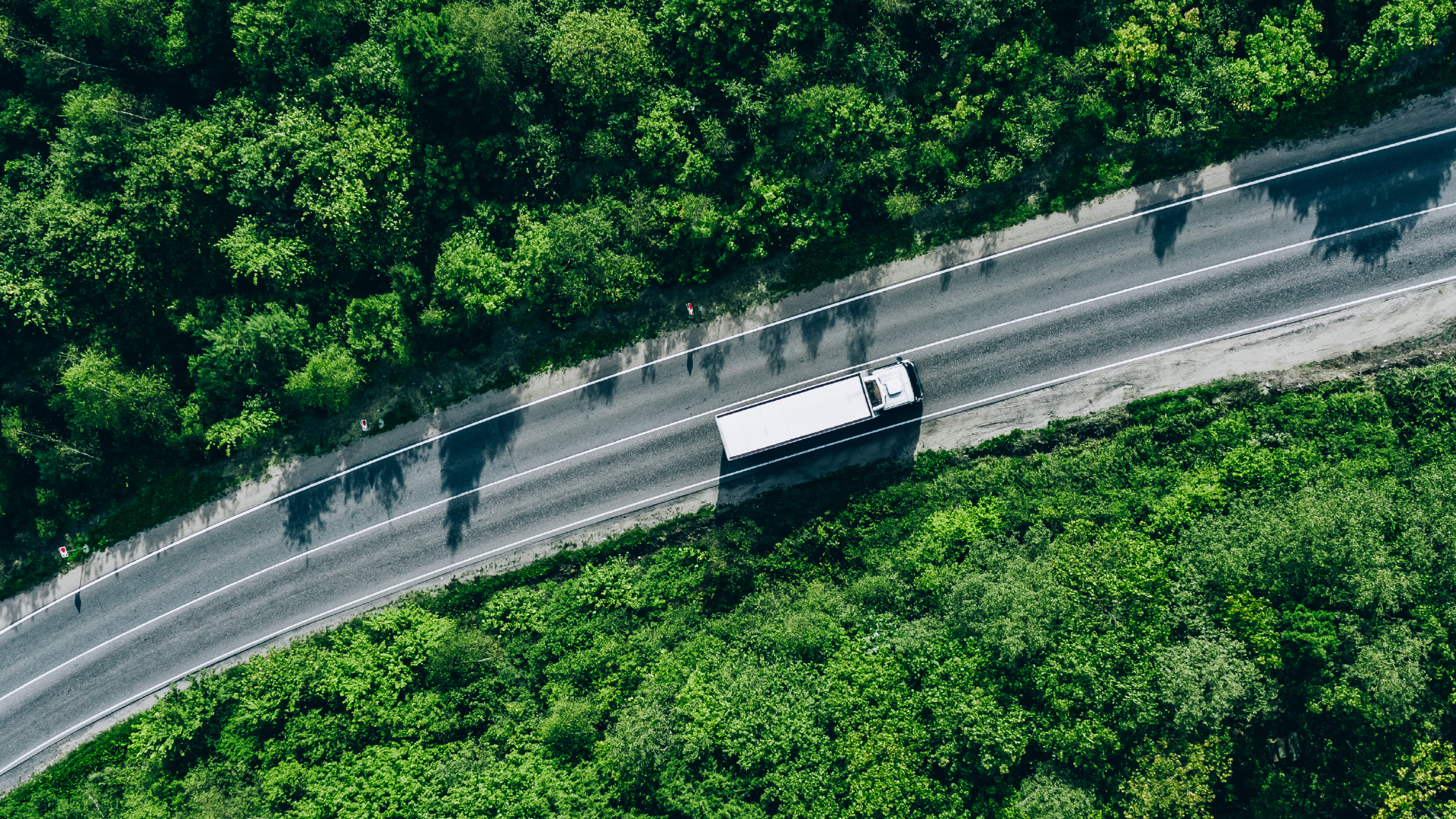Circular strategies that could cut global emissions and tackle climate goals

The Circularity Gap Report explains the danger of climate inaction and offers a way forward. Image: REUTERS/Nguyen Huy Kham
- Housing, travel and food are responsible for almost 70% of global emissions, according to the Circularity Gap Report 2021.
- Only 8.6% of the economy is circular - but this needs to almost double to 17% to keep the planet sustainable.
- Circular strategies can “drastically reduce” the amount of minerals, fossil fuels, metals and biomass consumed by the world’s economy, the authors say.
- Specific opportunities include building fewer, but better, houses; championing unprocessed food and improving vehicle design.
The world is on course for climate breakdown, despite pledges to cut carbon emissions. A new report has identified a set of circular strategies that could keep global warming below 2°C by cutting global greenhouse gas emissions by 39%.
The Circularity Gap Report 2021 finds that three key human needs – housing, mobility and nutrition – out of seven, are responsible for almost 70% of global emissions.
Have you read?
IKEA fits in a world that wants to buy less, says Ingka Group's CEO
Successful circular economy 'trailblazers' do these 5 things: Report
The circular economy could forever change how cars are made – here’s how
3 shifts can scale the circular economy – triggering a more resilient, prosperous system
3 reasons why embracing the circular economy can be powerful for middle income countries
Launched by impact organization Circle Economy during the World Economic Forum’s virtual Davos Agenda Week, the report recommends circular strategies that could eliminate 22.8 billion tonnes (Gt) of annual emissions (compared to 2019 levels).
Only 8.6% of the global economy is currently circular, but the report finds this needs to almost double to 17% - in addition to climate mitigation efforts - if the world is to avoid climate breakdown.
Described as a roadmap to a “well below 2-degree world”, the report highlights ways to move away from creating new products from virgin materials, by changing the way goods are extracted, processed and made.
This would “drastically reduce the amount of minerals, fossil fuels, metals and biomass consumed by the world’s economy,” the authors say.
“The Circularity Gap Report offers not only a sober warning of the danger of climate inaction, but a clear map forward,” said Børge Brende, President of the World Economic Forum, in a statement related to the report's release.
Here are some of the report’s circular strategies to tackle key gaps across selected areas of the economy:
1. HOUSING
- Build fewer - but more thoughtfully designed - new houses and multi-occupancy dwellings to reduce overall floor space and optimize resource efficiency.
- Prioritize extending the lifetime of existing housing stock.
- Encourage co-housing, increased renovation, refurbishment and modular design to slow material flows.
- Re-occupy underused and disused buildings to meet housing demand.
- Help regenerate material flows by using natural or renewable building materials, such as wood, straw and hemp.
- Incorporate the regenerative benefits of features such as green roofs and living walls.
2. NUTRITION
- Champion unprocessed food, alongside an ongoing decrease in consumption of all meat, fish and dairy.
- Produce food sustainably. Fresh, regional, local and seasonal options mean less need for hot-housing vegetables. Such options also require fewer miles for transport.
- Encourage new methods, such as urban, organic and precision farming models, to eliminate synthetic fertilizer use.
3. MOBILITY
- Reduce travel through a range of work solutions also interventions, including shared and virtual offices, telecommuting and working from home.
- Improve vehicle design, ensuring lightweight and smaller-sized vehicles such as cars and scooters that use less fuel, steel and aluminium.
- Encourage shared travel interventions like car clubs, car pools, ride-sharing, public transport and park-and-ride. Such options also help cut fuel consumption and reduce the need for personal vehicle ownership.
4. COMMUNICATION
- Digitization is key to the efficient design and use of communication equipment and can reduce material flows.
- Reduce the environmental impact of personal computer and mobile device use by sharing equipment and tools.
- Buy smaller and lighter laptops instead of desktop computers with LCD monitors to reduce resource consumption and enhance efficiency.
5. CONSUMABLES
- Increase digitization to reduce paper use; don’t make textiles from animals; aim to eradicate single-use plastic; specify only eco-labelled responsibly-sourced timber furniture; and prioritize local purchasing and sourcing.
- Introduce and encourage repair, maintenance, sharing, re-manufacturing and take-back programmes for textiles, appliances, furniture and machinery.
6. HEALTHCARE
- Invest in longer-lasting medical equipment (with planned preventive maintenance regimes in place), to extend asset lifetimes and reduce the number of single-use plastic items in production and use.
- Develop virtual healthcare service models. This can improve access to diagnosis and treatment, whilst reducing the need for physical consultation spaces and associated resource consumption costs, including travel.
Don't miss any update on this topic
Create a free account and access your personalized content collection with our latest publications and analyses.
License and Republishing
World Economic Forum articles may be republished in accordance with the Creative Commons Attribution-NonCommercial-NoDerivatives 4.0 International Public License, and in accordance with our Terms of Use.
The views expressed in this article are those of the author alone and not the World Economic Forum.
Stay up to date:
How to Save the Planet
Forum Stories newsletter
Bringing you weekly curated insights and analysis on the global issues that matter.
More on Climate Action and Waste Reduction See all
Noelia Garcia Nebra
November 18, 2025









